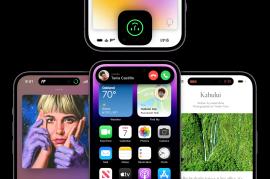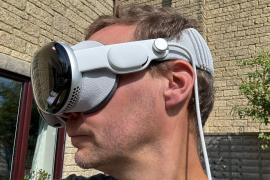Apple iPhone Air review: why I love it – but it might not be the phone for you
Super-thin, super-light. But is there enough substance to the iPhone Air to make it worth recommending as an alternative to the 17 Pro and Pro Max?
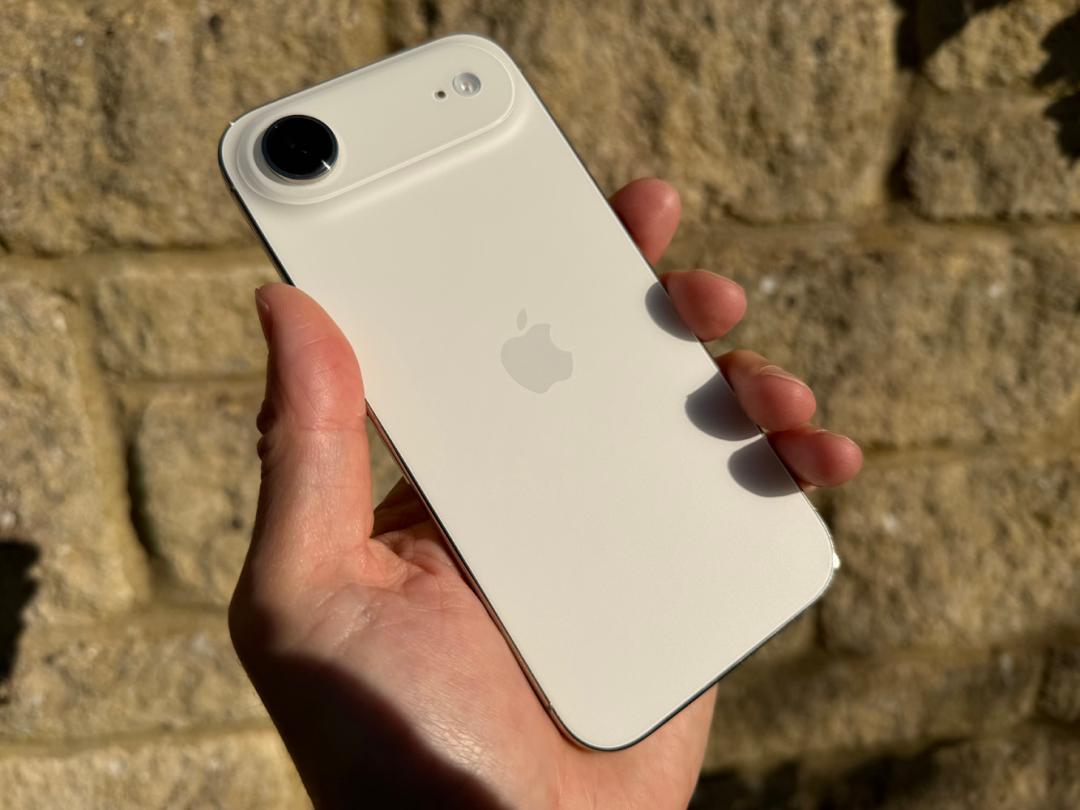
Stuff Verdict
Beautifully and painstakingly designed – but there’s a reason we love having several cameras on our flagship phones nowadays.
Pros
- A stunning new design for iPhone
- Wonderful large 6.5in display
- Pro-level hardware for the most part
- It’s super-thin but you do feel it’s robust.
- Highly pocketable
Cons
- The single camera just isn’t enough for anybody who values taking great pictures with their phone.
- Battery life is bang average
- Mono speaker is just about OK
- Expensive compared to the vanilla iPhone 17
- It gets hot at times – and not necessarily when working hard
Introduction
Putting the 6.5in iPhone Air in my hand gave me the same feeling as when I first picked up the $1099/£1099 (and up) Samsung Galaxy S25 Edge: How can a high-end smartphone possibly take up so little space?
With the S25 Edge, the compromise was the lack of a telephoto camera and short battery life… as well as the four-figure price. The $999/$999 iPhone Air compromises in one key camera area still further, as we’ll see shortly. But is it a workable option?
What is important to note is that it’s an eSIM-only phone, which is the way everything is going (maybe the iPhone 18 lineup will go full eSIM?), so you’ll need to check with your network that you will be able to use an eSIM with your current number if it’s important to you to keep it.
The iPhone Air is the latest example of something Apple has increasingly been doing – taking the opportunity to add more options to its product line. The iPhone 16e gave us a value latest-generation phone earlier this year (expect a 17e in 2026) and now the iPhone Air – note there’s no ‘17’ – is a way to step out of the numbered sequence as a fresh alternative to the Pro models.
The pricing takes a $/£ 200 step up for each storage increment, meaning my 512GB storage model costs £1199, quite a step up from the base Air and £200 more than the equivalent iPhone 17. While that is quite a premium in some respects, such as the camera, it doesn’t seem too bad a step up for the new Air design and Pro-level chip (the vanilla 17 uses the A19 rather than the A19 Pro).
| Model and storage | U.S. Price | U.K. Price |
|---|---|---|
| iPhone Air 256 GB | $999 | £999 |
| iPhone Air 512 GB | $1,199 | £1,199 |
| iPhone Air 1 TB | $1,399 | £1,399 |
We can almost certainly expect an iPhone Air 2 this time next year, complete with improvements that will (hopefully) answer some of my criticisms here. Let’s go through some of them now.
How we test smartphones
Every phone reviewed on Stuff is used as our main device throughout the testing process. We use industry standard benchmarks and tests, as well as our own years of experience, to judge general performance, battery life, display, sound and camera image quality. Manufacturers have no visibility on reviews before they appear online, and we never accept payment to feature products.
Find out more about how we test and rate products.
Design & build: a fresh start inspired by iPhone X
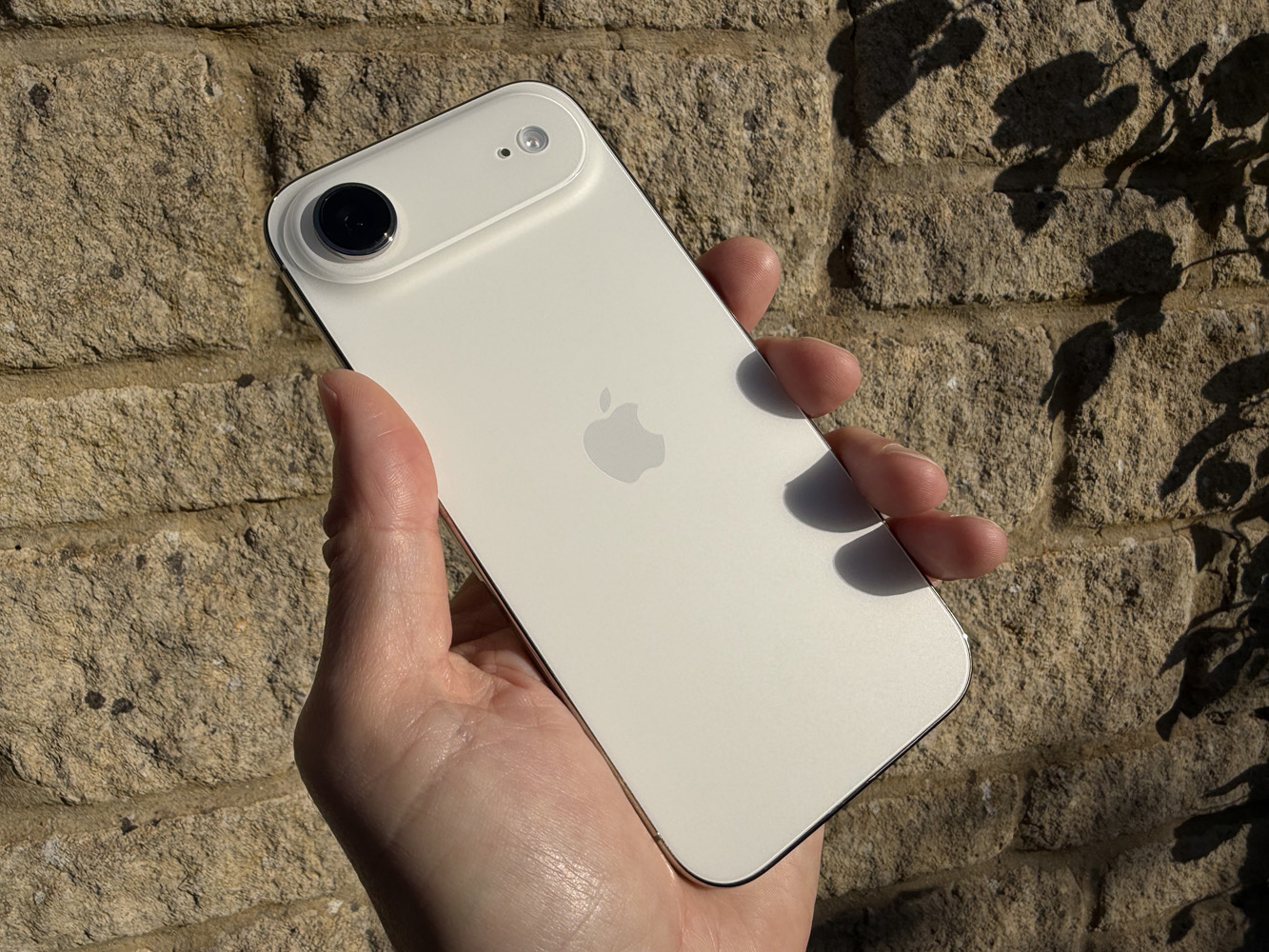
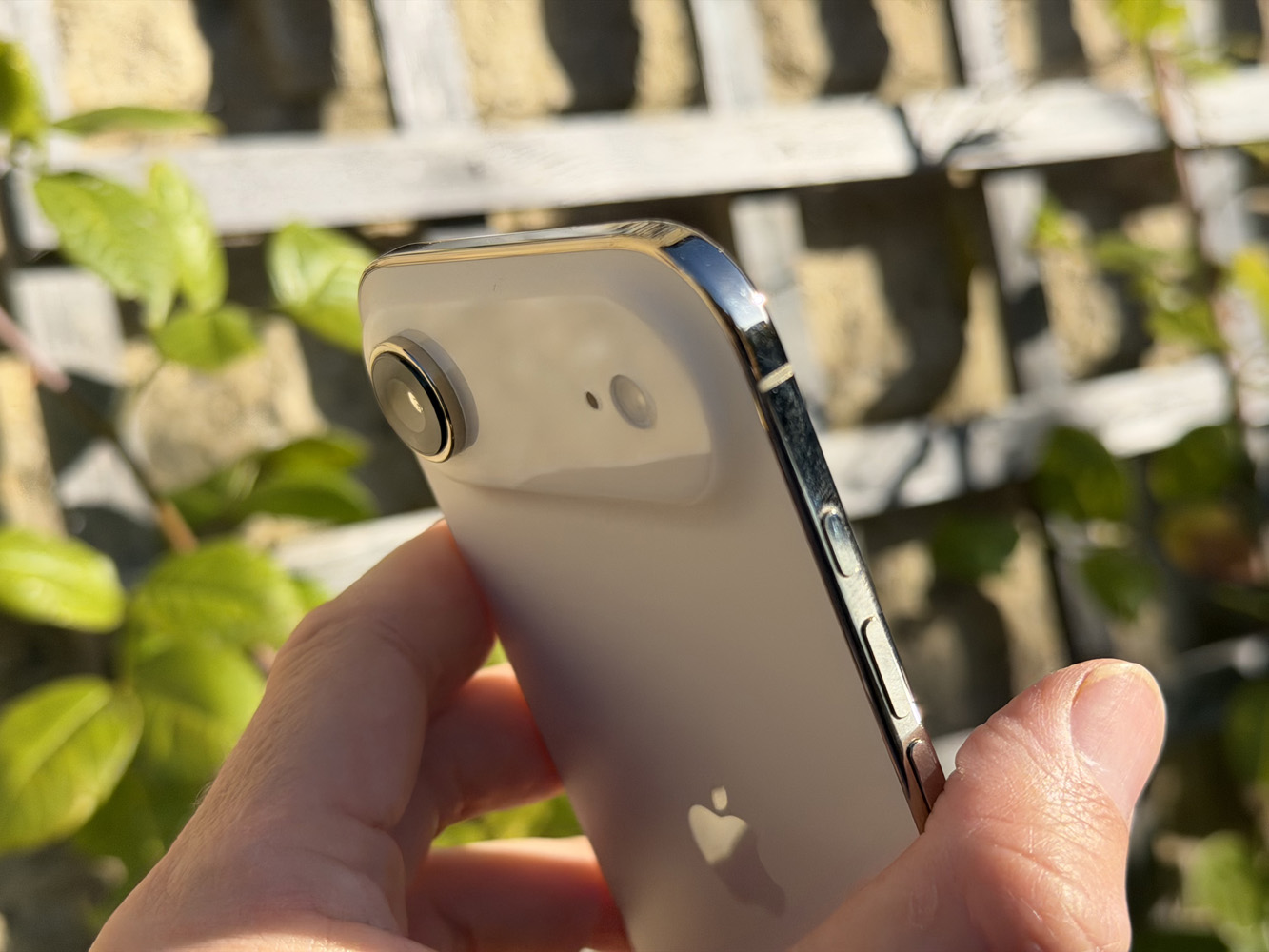
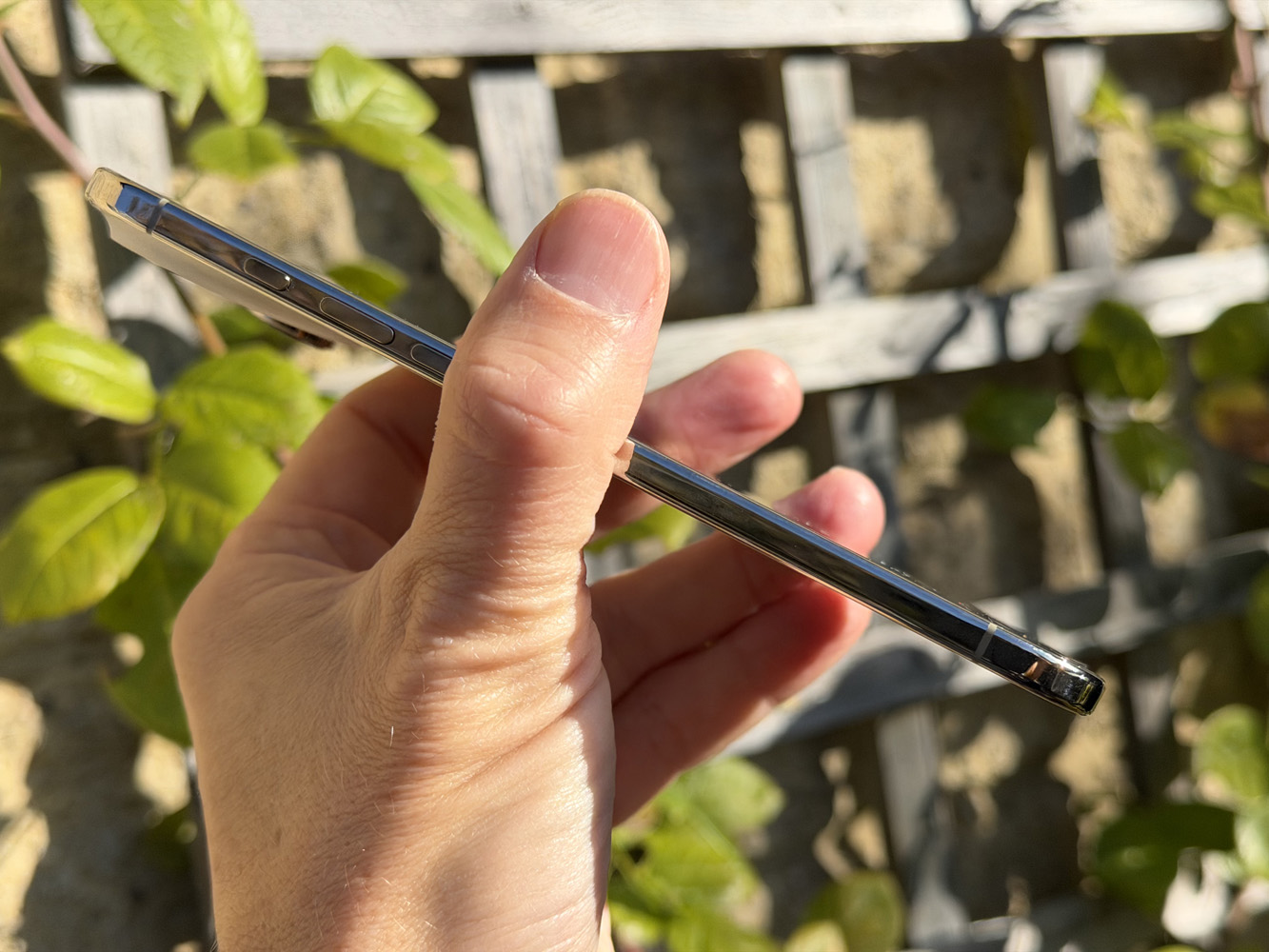
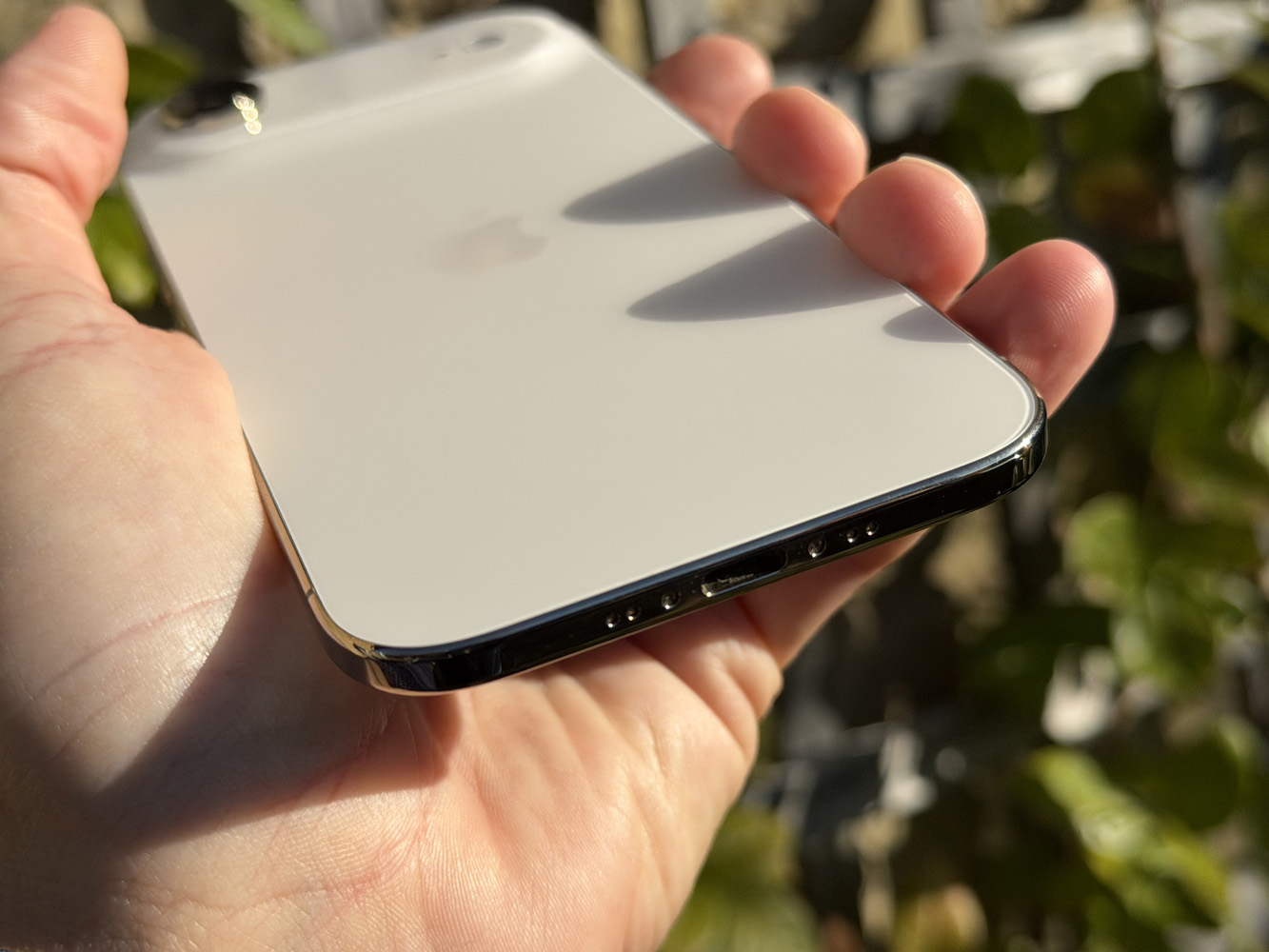
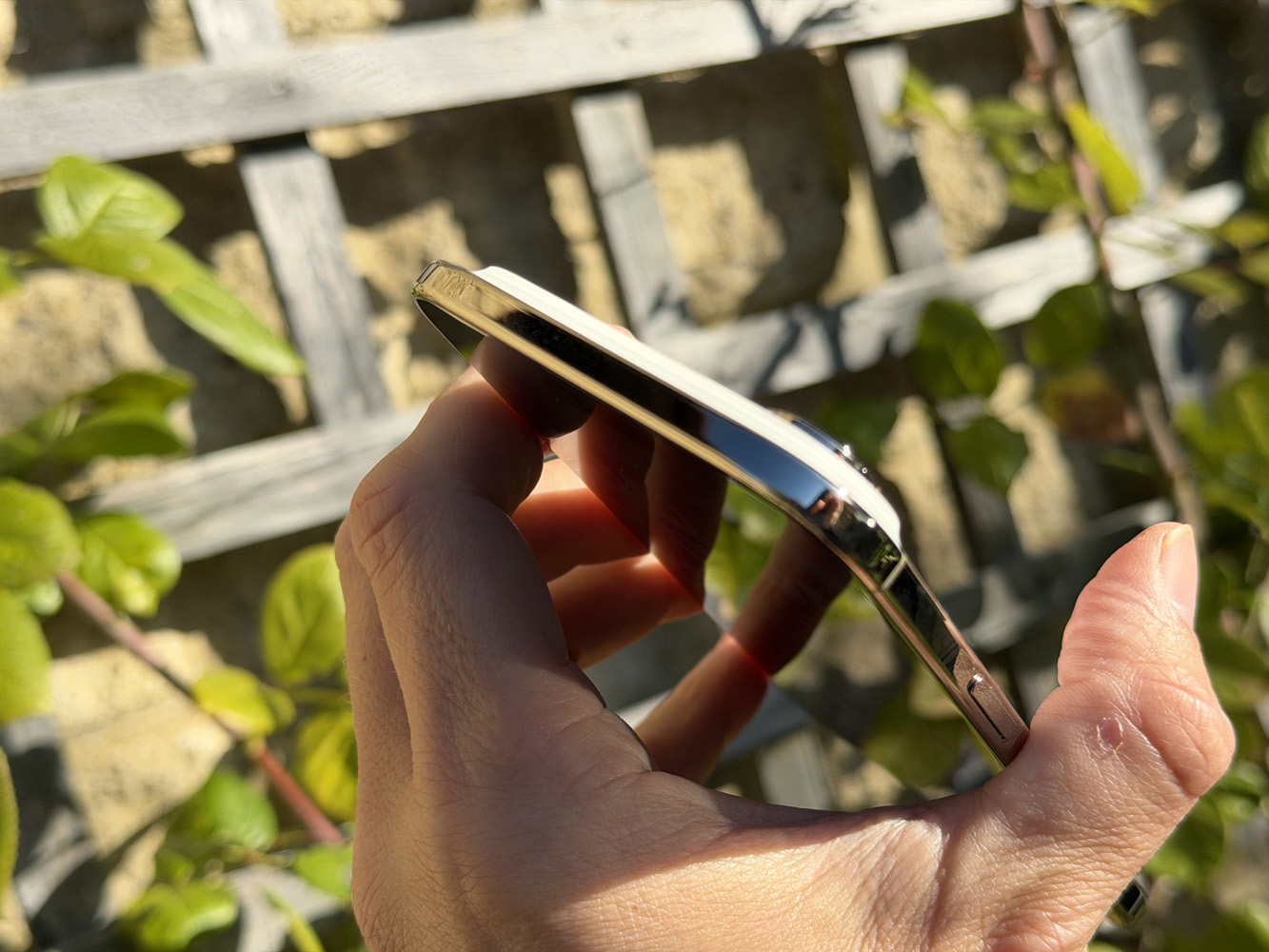
The iPhone Air is built around an all-new aluminium frame… with compromises. But are any of them deal-breakers? The 165g design is simply stunning, and makes the 200g-plus 17 Pro and Pro Max feel like paperweights in comparison. It’s so light – I almost forgot it was in my pocket at times. It seems very much inspired by the 2017 iPhone X, which ushered in the notch, since replaced by Dynamic Island.
The camera ‘plateau’ stretches across the full width of the phone. There’s a MagSafe battery pack accessory that’s specifically designed for the Air, and it fits under this bump. But the large camera bump means this phone doesn’t lie flat on a table at all. It rocks quite a lot, in fact.
The only compromise in terms of the usability of the design is that the buttons – such as Camera Control – are less tactile simply because they’re smaller. But you do get used to this quite easily. I’m really pleased it keeps all the buttons from the Pro, though, including the Action Button.
Keen to avoid another ‘bendgate’ saga, Apple has been boasting about the strength of this phone, including letting people like me try to put it out of shape. Believe me I have tried but my, does it feel solid. It would be interesting to know if years of putting it in something like a rucksack pocket would bend it, but given that companies like Apple run robust lab tests for this kind of thing, you’d assume that it will stay pretty strong.
I like my light gold finish, though until I read the specs of my review unit, I was convinced I had the cloud white. As you can see in the pictures, this phone is definitely more white than gold. It’s also available in traditional space black and sky blue, which I’m really not that keen on. The sky blue hue on the MacBook Air isn’t too heavy, but it does give the unit a distinct colour.
Screen & sound: another great ProMotion OLED, but what about the speaker?
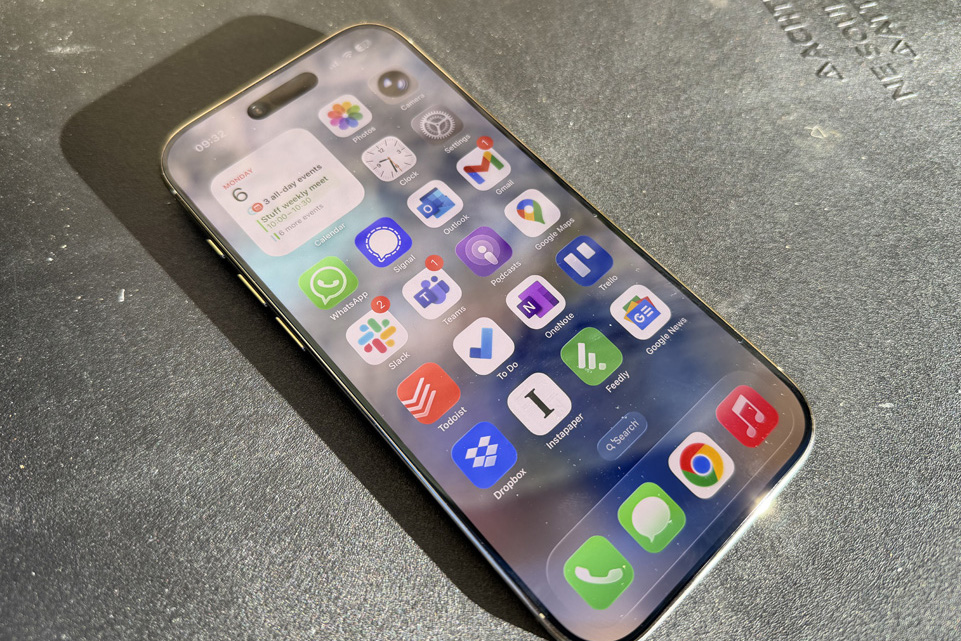
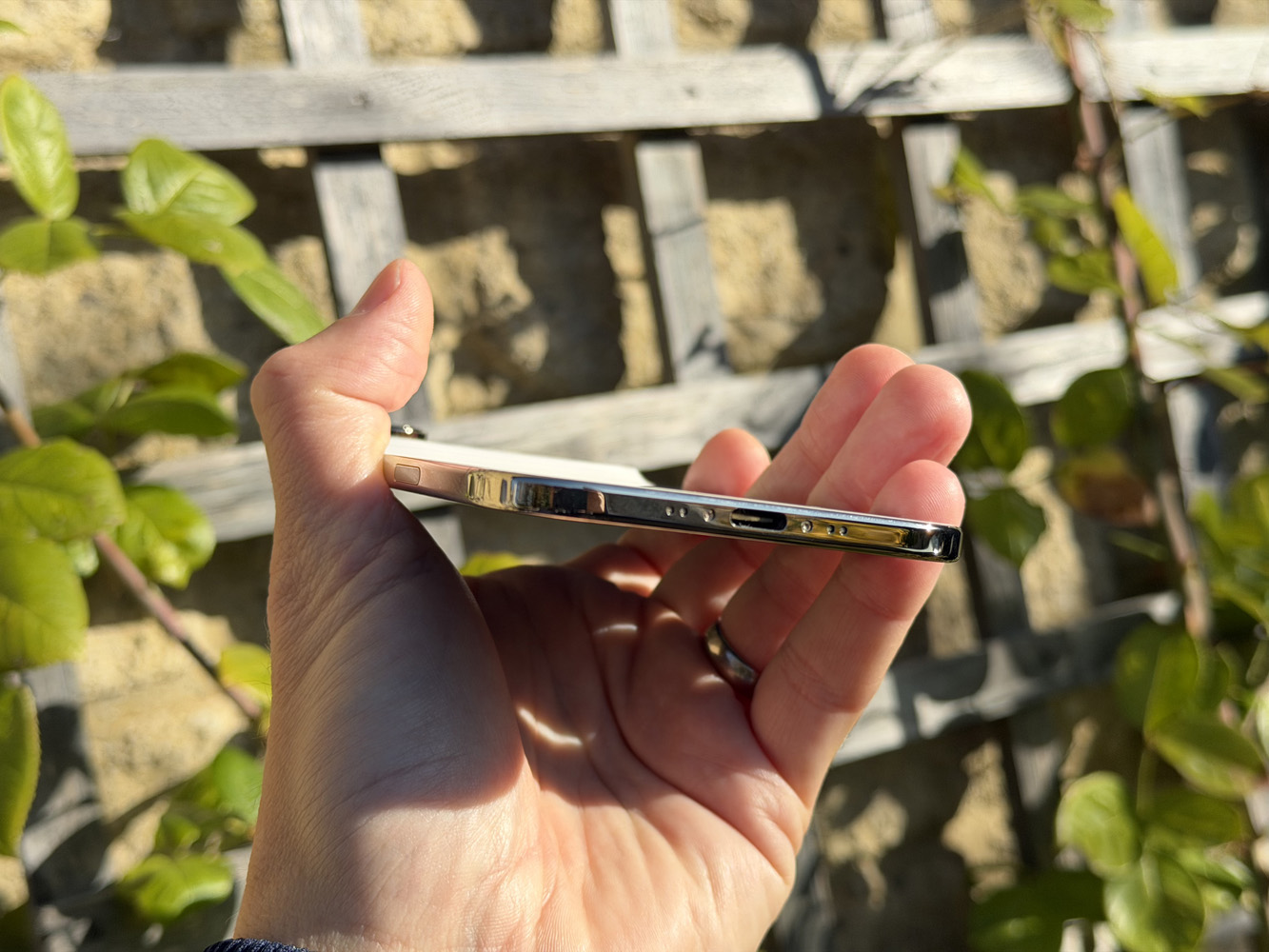
At 6.5in the display size sits nicely between the 6.3in 17 Pro and the 6.9in 17 Pro Max. It’s again a Super Retina XDR OLED display seen in other recent iPhones and boasts a resolution of 2736 × 1260 pixels, working out at around 460ppi. Once again the refresh rate is variable, up to 120Hz, something Apple brands as ProMotion. The display is brilliantly bright and can go to a peak of 3000nits. It’s very good in all but the harshest sunshine and everything is pin-sharp.
The speaker is less good on this device – obviously most people will use headphones, but there’s an expectation that we can play audio from our phones these days. The speaker on the Air is mono – presumably because of space limitations – and as such it is limited unfortunately. It does go loud and never sounds like it is about to shake the phone apart, but the quality is missing somewhat versus the Pro. This shouldn’t really be a surprise, but it is still a small mark in the against column.
Camera: no ultrawide a big miss and zoom is limited
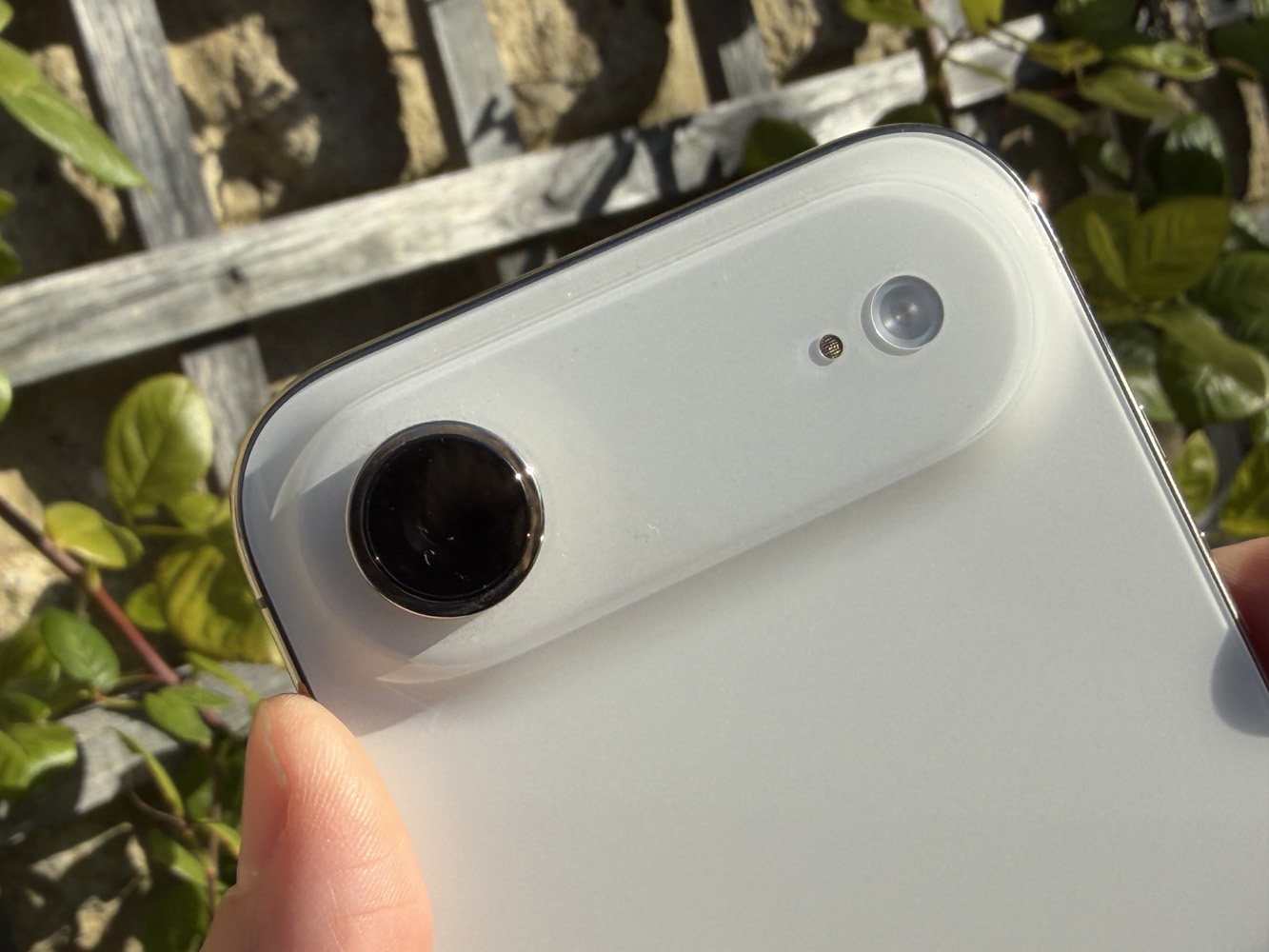
There’s no getting away from it – the camera setup is the biggest miss from the Pro series – and indeed the standard iPhone 17. From the iPhone 17, the ultrawide is missing. That means group shots and landscapes are a little more difficult to shoot – I had to borrow someone’s iPhone 16 Pro to shoot a group of people on a recent work trip to New York instead of trying to fit everyone in on the Air. That’s a big negative for me.
The single 48MP sensor supports a meagre 2x telephoto. But how does it do this without having a dedicated telephoto lens? It’s actually a clever bit of camera engineering – when you the 2× button inm the Camera, the iPhone switches to a 12MP crop of the original image. This enables it to produce an ‘optical quality 2× telephoto’ image, even though there was no actual zoom lens in use.
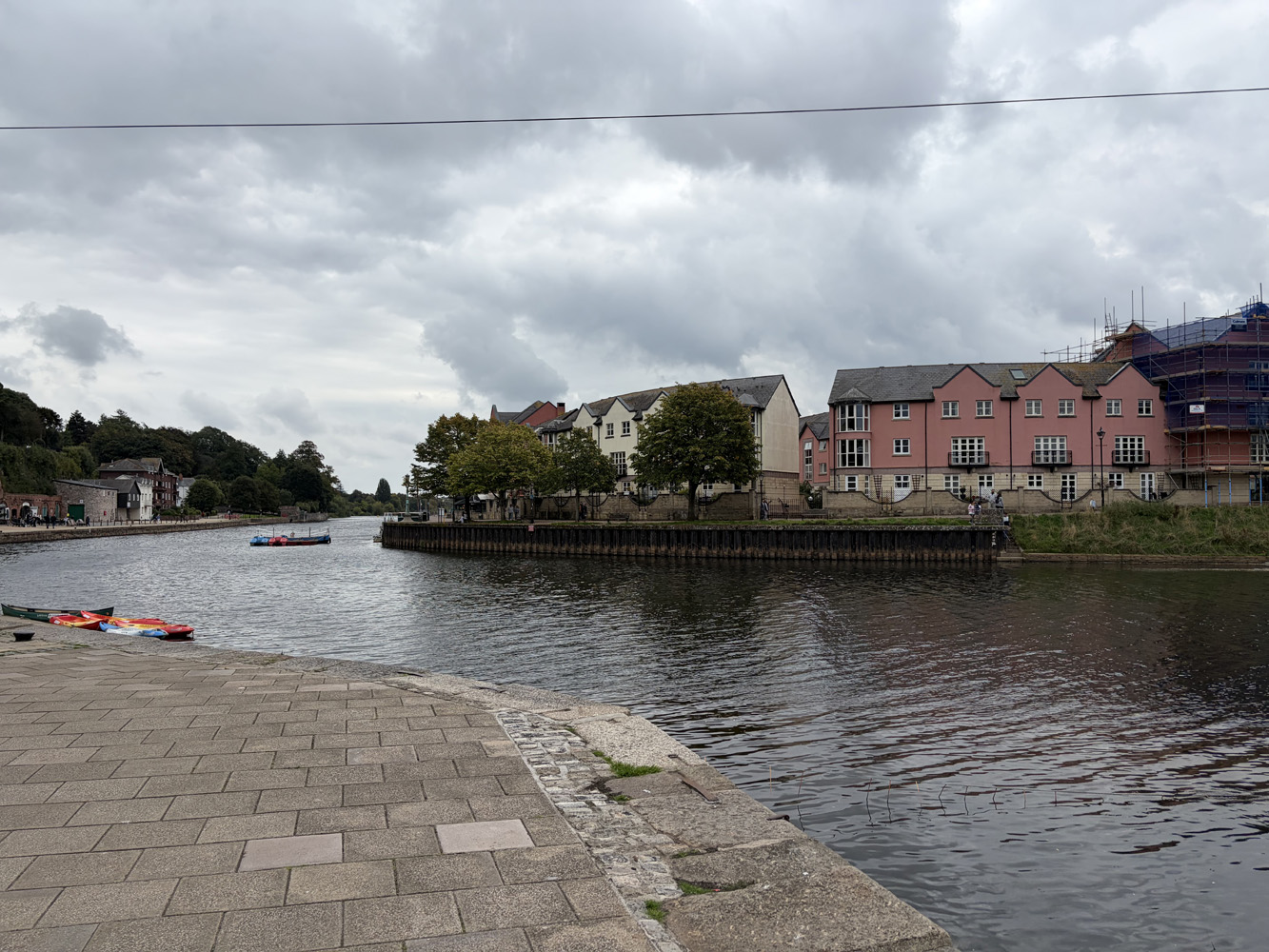
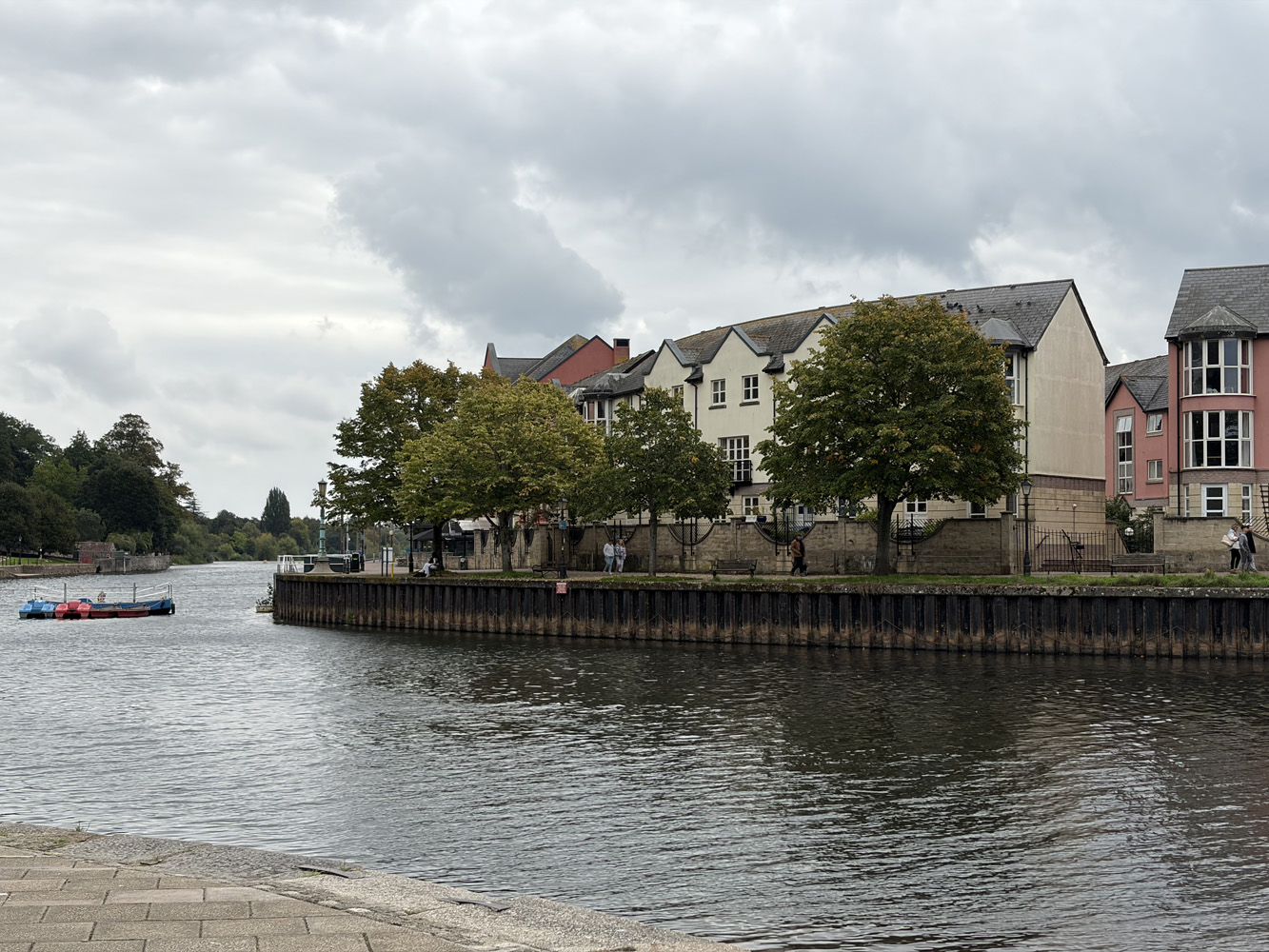
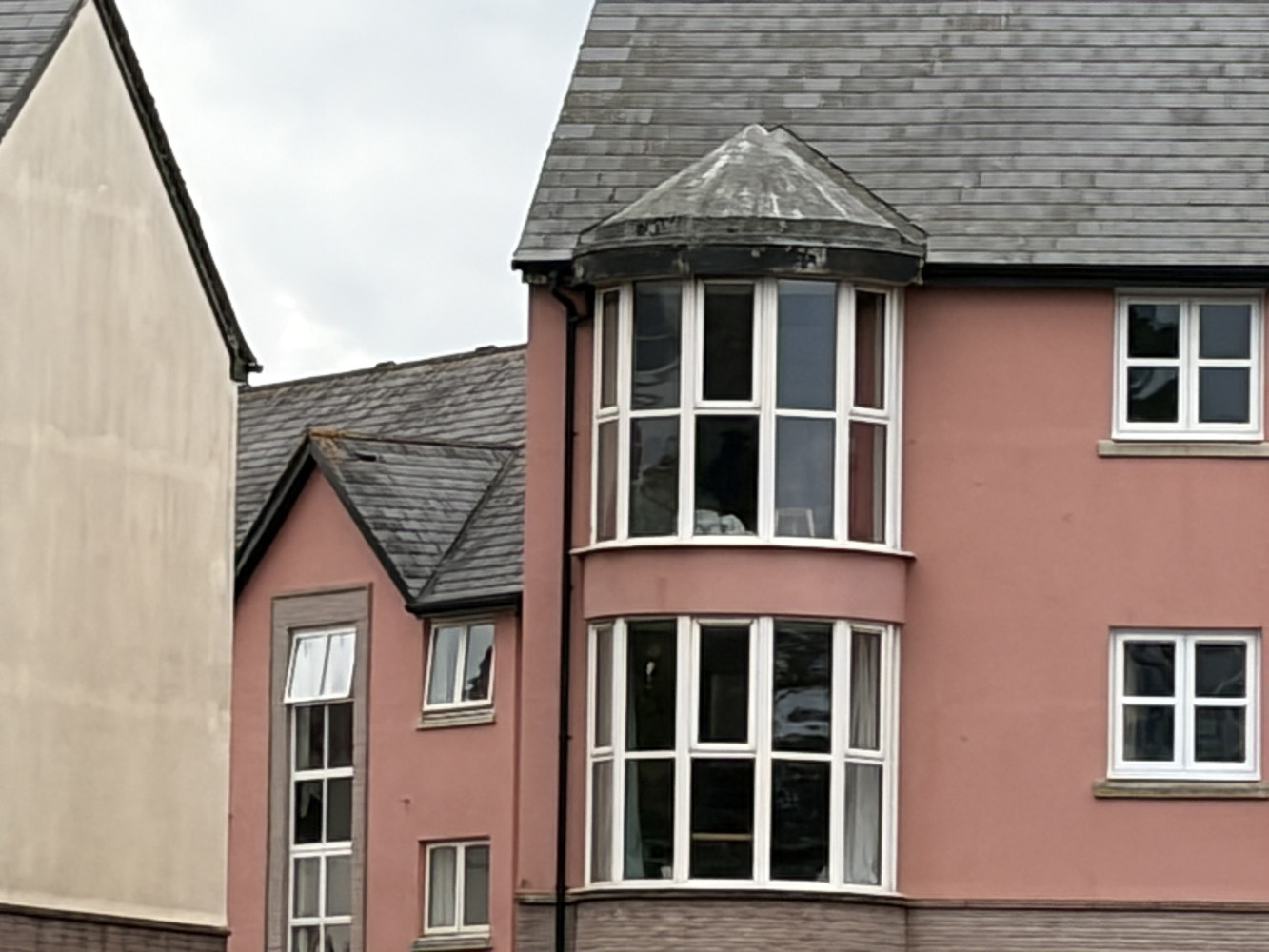
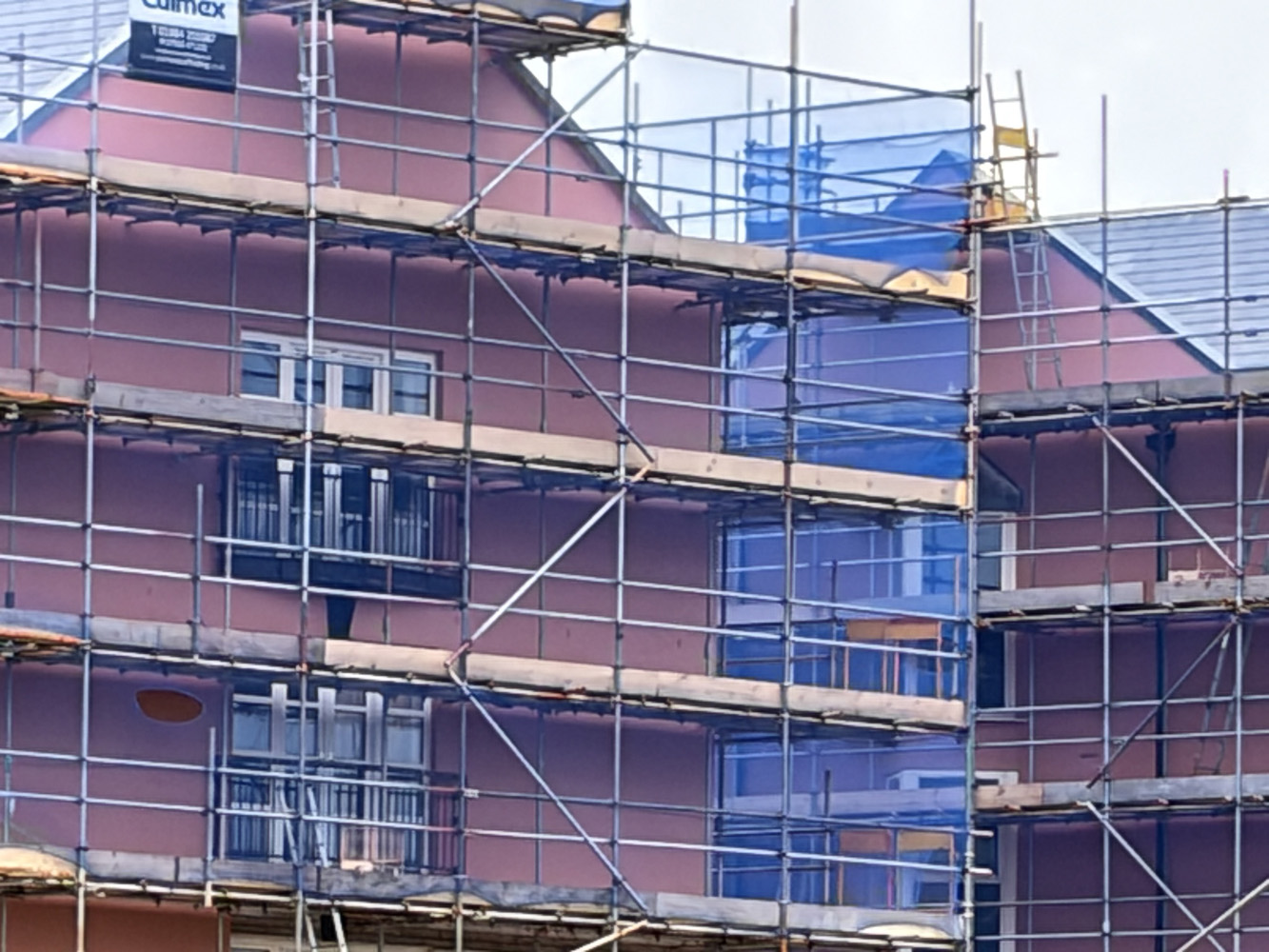
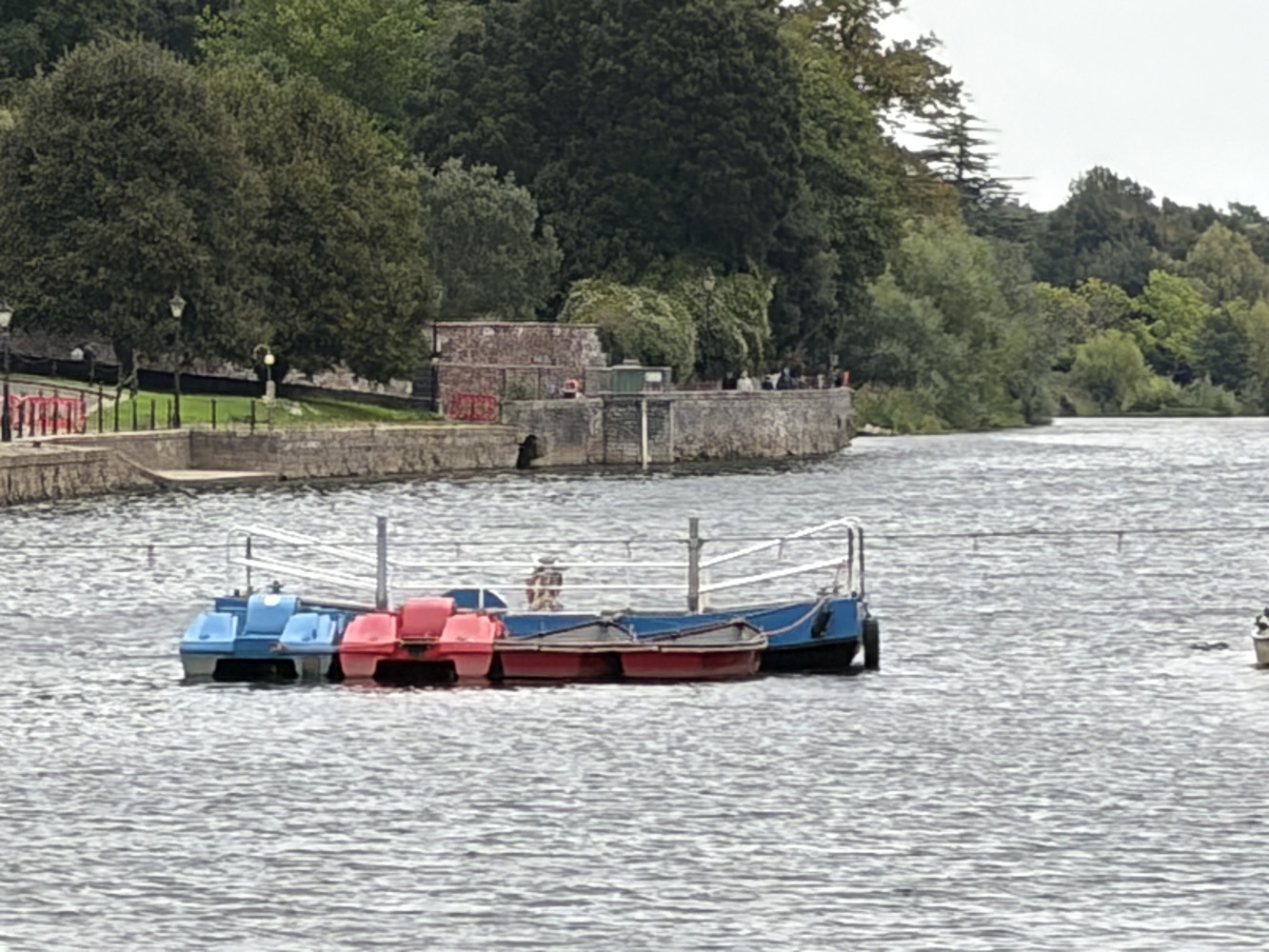
The 2x telephoto shots are fine, too, and you’d be hard-pressed to tell the difference between this and another 2x optical zoom. but you’re not really zooming in that much there. If you crank the digital zoom beyond 2x (it goes up to 10x) then shots get grainy and there’s huge loss of detail – you can see this in some of the sunset shots below.



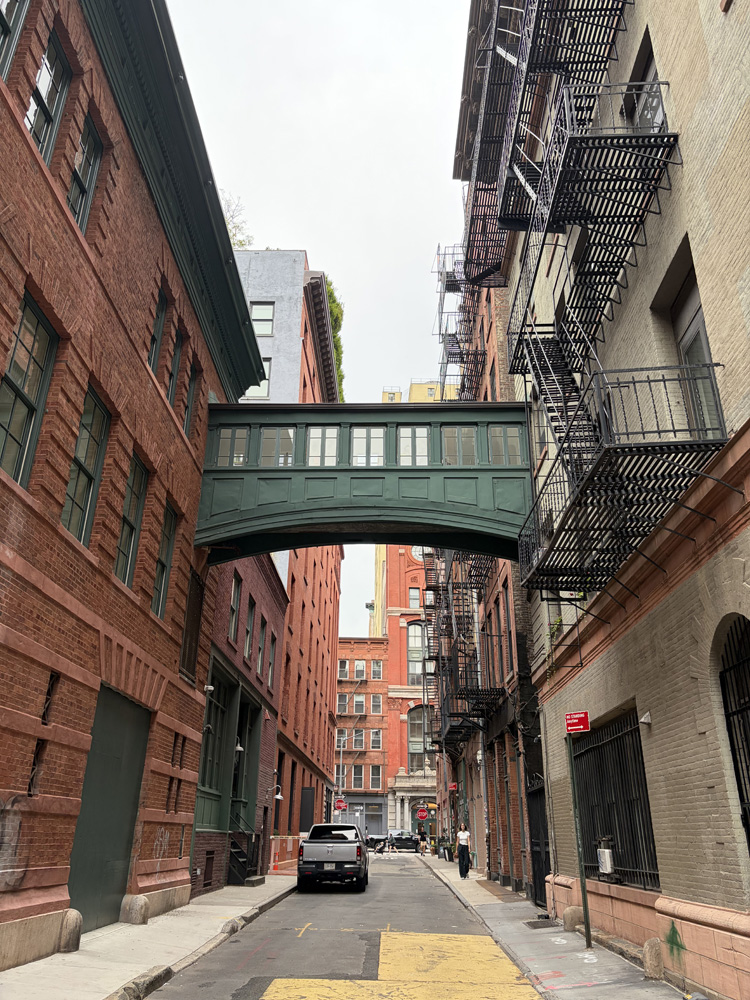









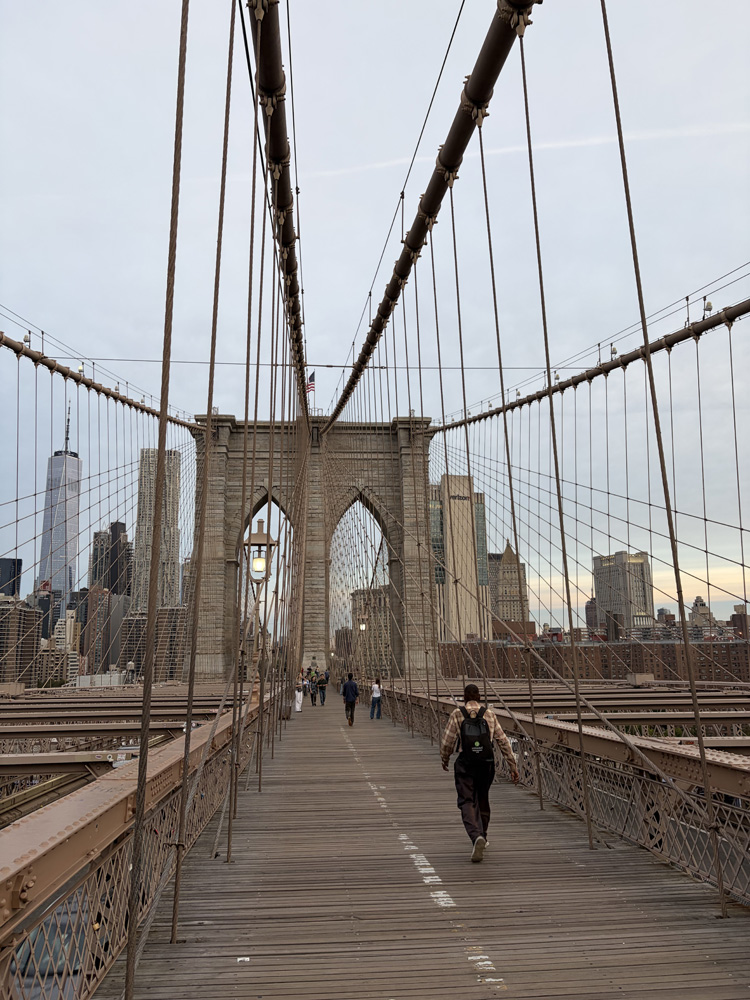
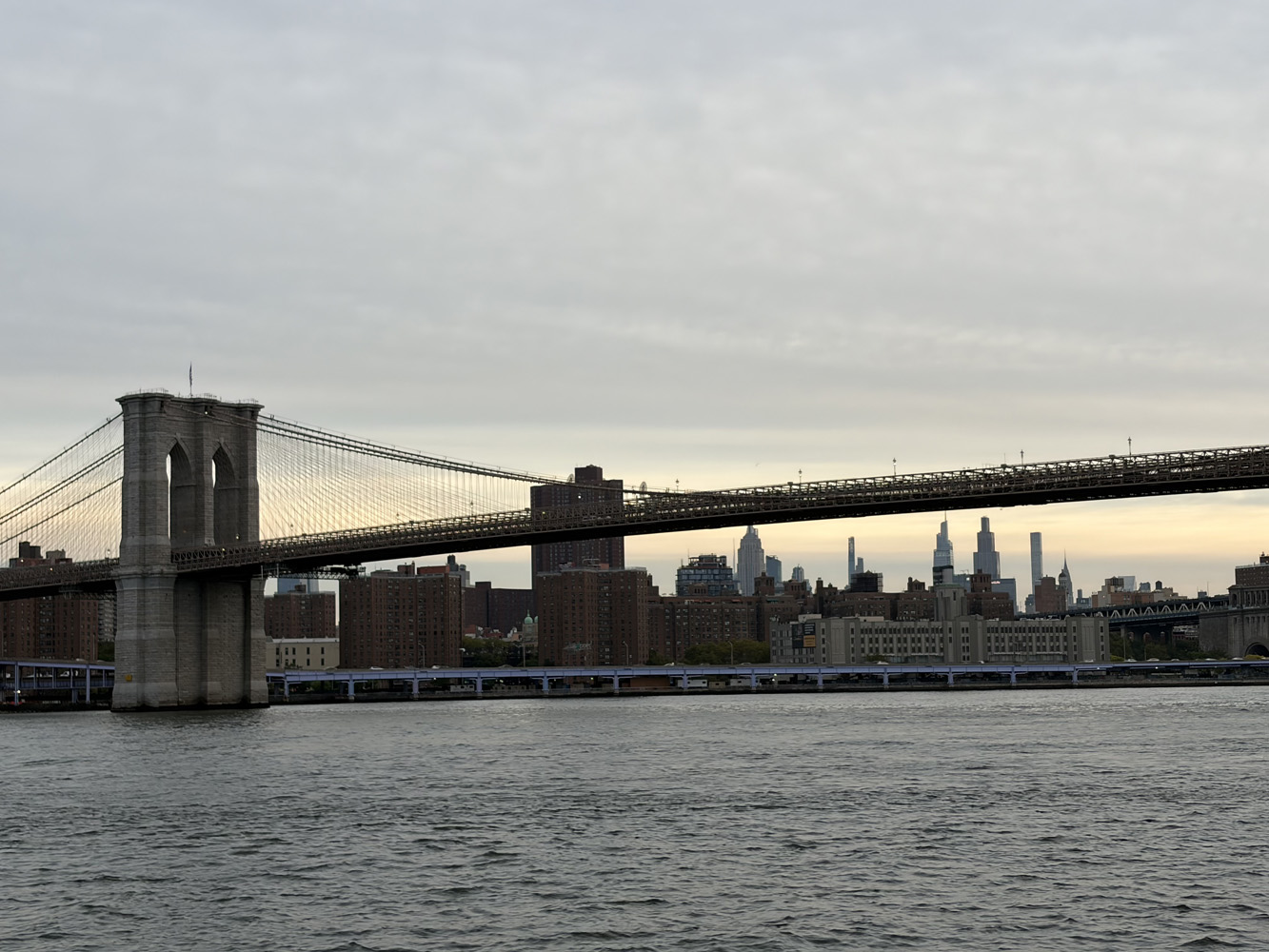

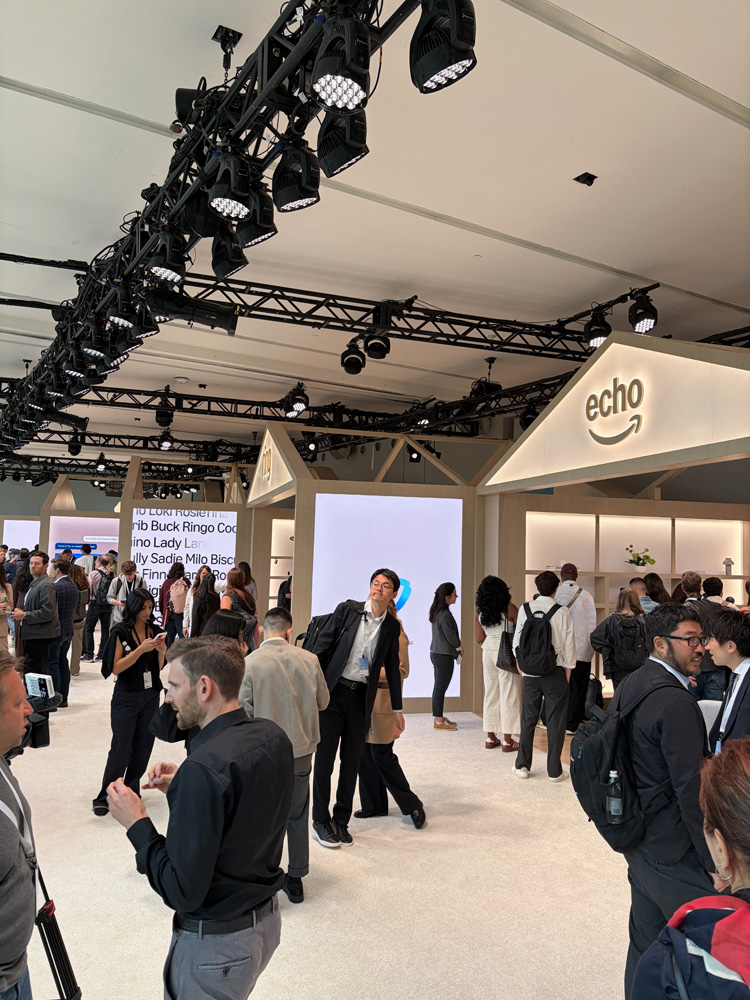
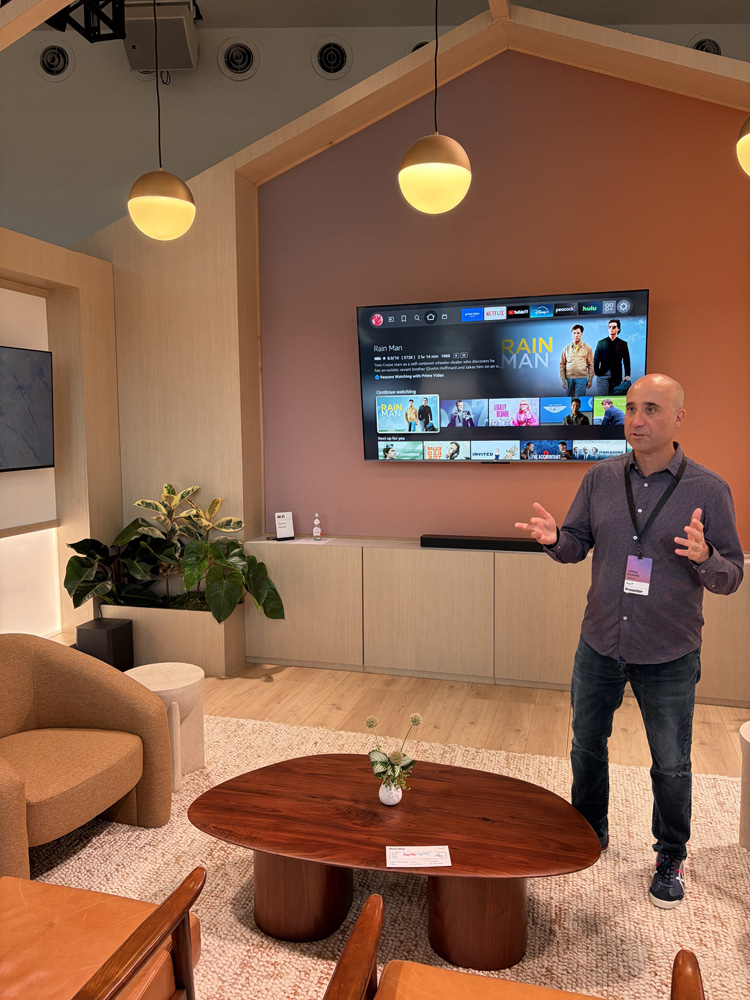
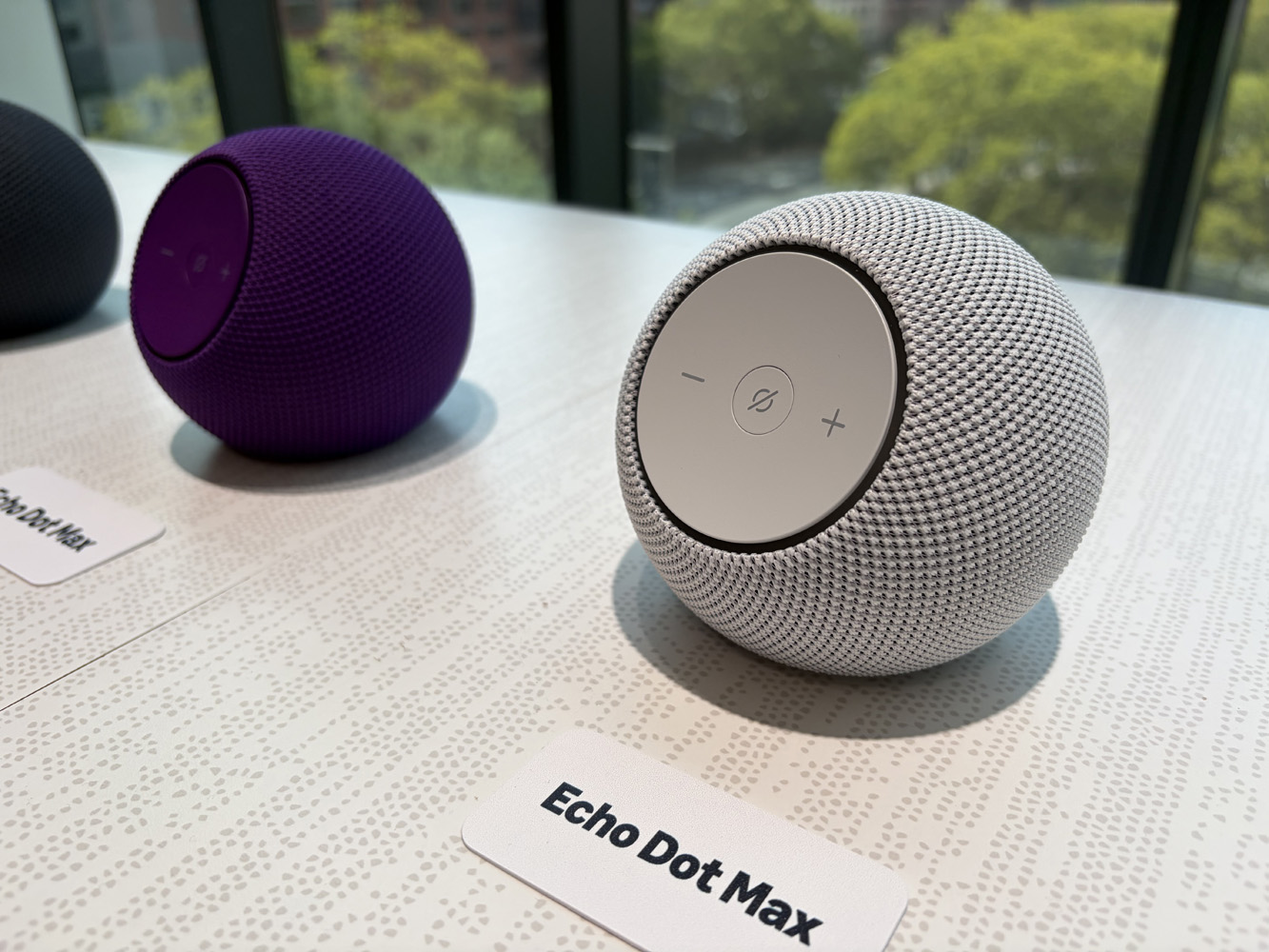



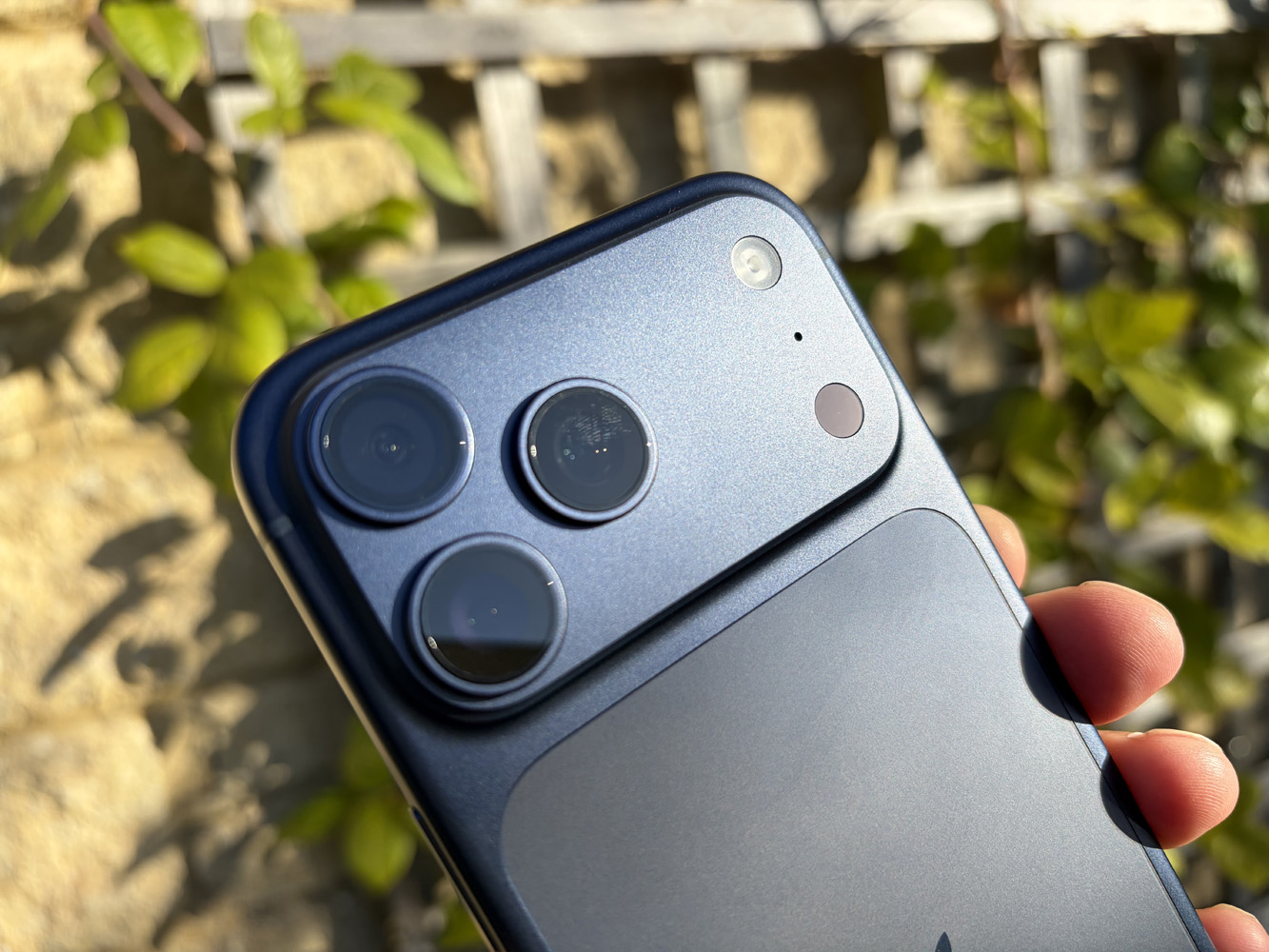
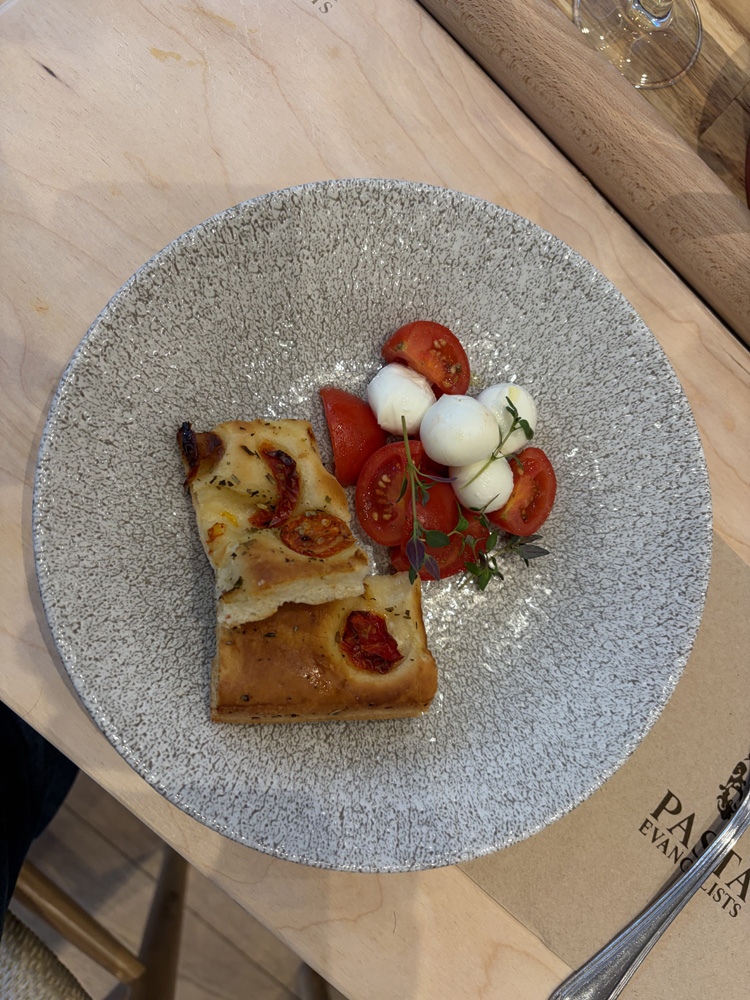



As with other iPhones from recent years, general well lit image results are great. The balance seems right and Apple’s Smart HDR, Deep Fusion and Photonic Engine technologies are again at play.
But I’m really not that impressed by low light images – it is quite easy to blur them, especially where there are areas of bright light in amongst darkness. It’s reminiscent of iPhone cameras from the end of the last decade rather than being a state-of-the-art 2025 model.
The main takeaway is that while everyday photos are pretty decent with good light, I’m missing the telephoto more than I ever thought I would.
Performance & battery life: top hardware, average longevity
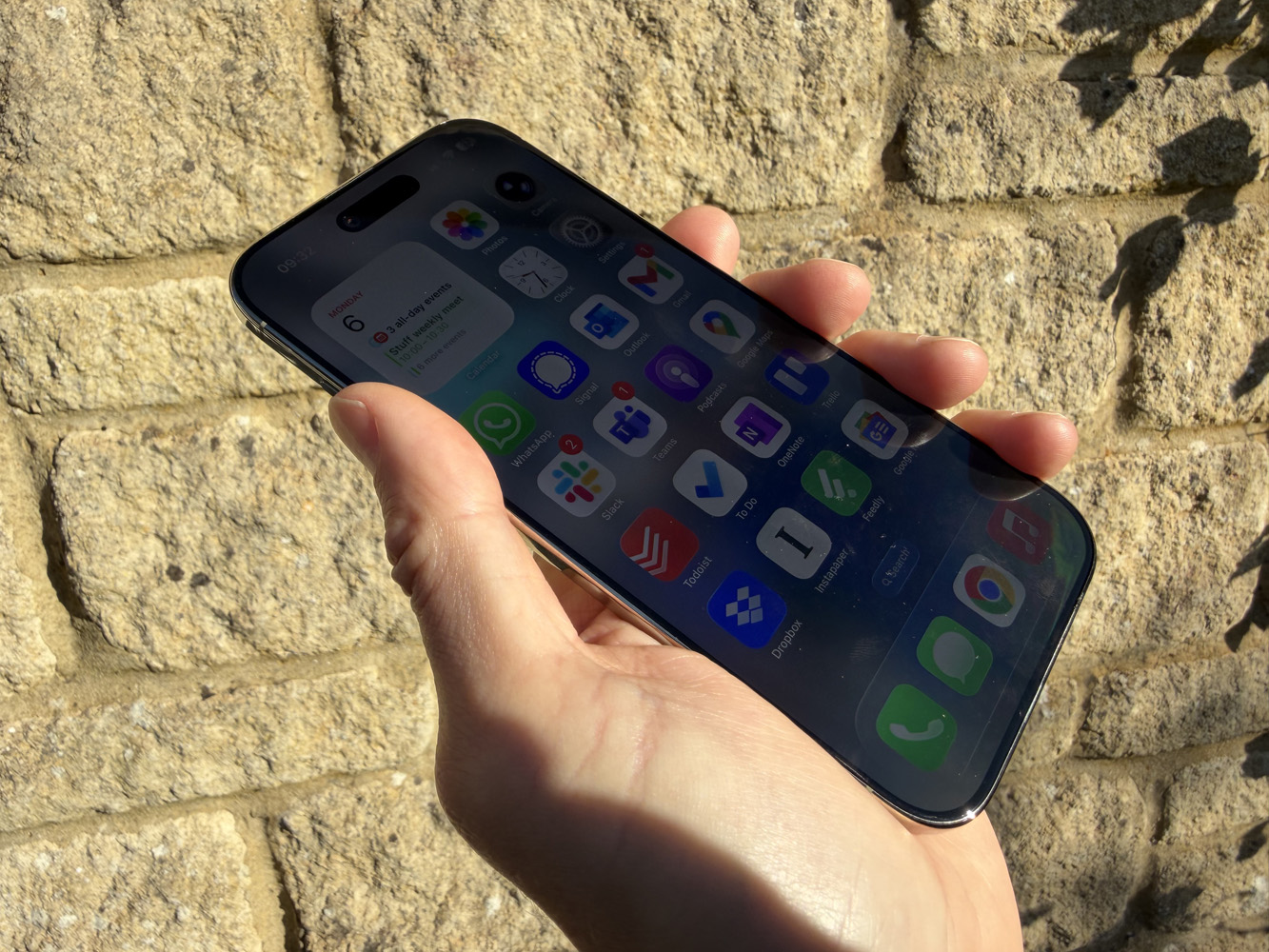
The iPhone Air is billed as ‘Pro on the inside’ and that’s true for the most part, save for minor details such as USB speeds and ProRAW support. After all, it has the same A19 Pro chip as the Pro models.
That high-end chip combined with the thin design could be the reason I found it to run hot at some times – it doesn’t have a vapour chamber for cooling like the Pro lineup. The Air uses Apple’s own cellular modem for a more integrated design and while we expect it’s the A19 Pro rather than the C2 modem that’s responsible for the heat, it could be that the package just needs more room – again, something else to be improved for the second version.
The battery life is predictably disappointing, if not as big an issue as you might think. The capacity is 3149mAh compared to the Pro’s 4252mAh and it shows. After a long day, you will need to charge it – or face being in the red during the evening. On one day, after a few hours of work away, it was down to around 20% – rather disappointing yet expected. Perhaps the biggest indicaton that battery life is a bit of an issue came from Apple itself – it sent all iPhone Air reviewers the MagSafe battery pack accessory as well.
In terms of storage, I’ve got the 512GB version, I definitely wouldn’t want the 256GB these days but it remains remarkable to me that you can specify up to 1TB of storage in such a super-thin device.
The mono speaker does go loud, but it is nowhere near the quality of the Pro’s stereo speakers and as such has to go down as a little bit of a disappointment – even if it is streets ahead of phone speakers a few years ago.
Software experience: is Liquid Glass a problem?
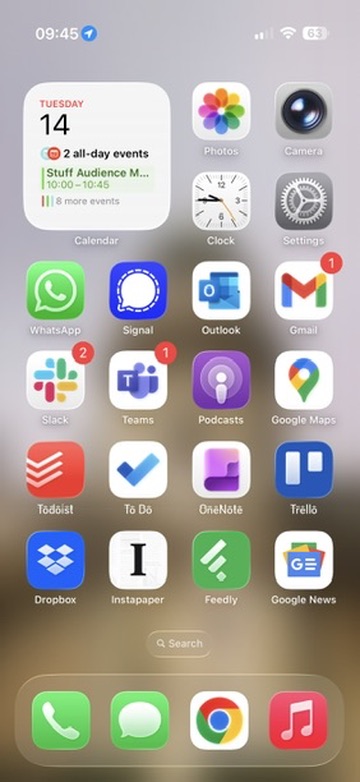
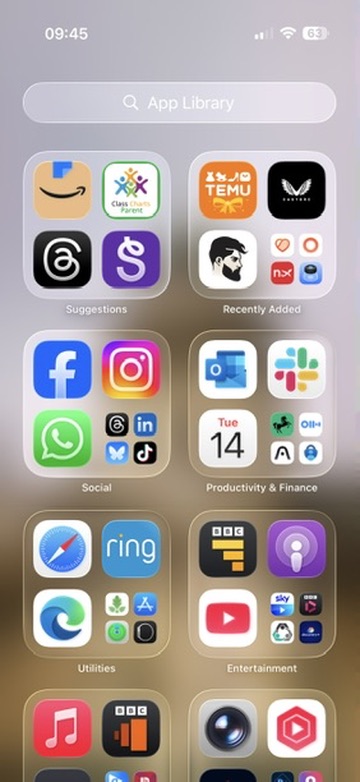
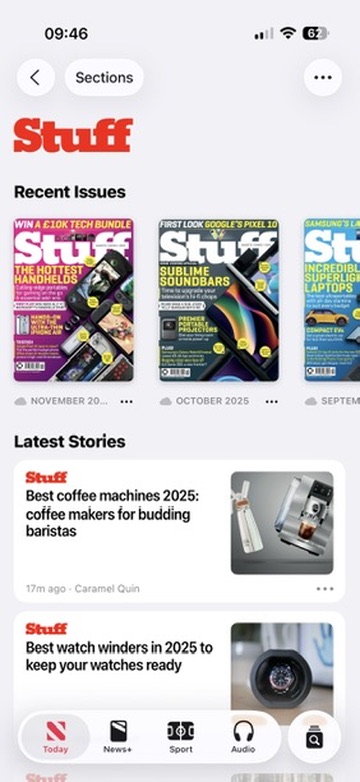
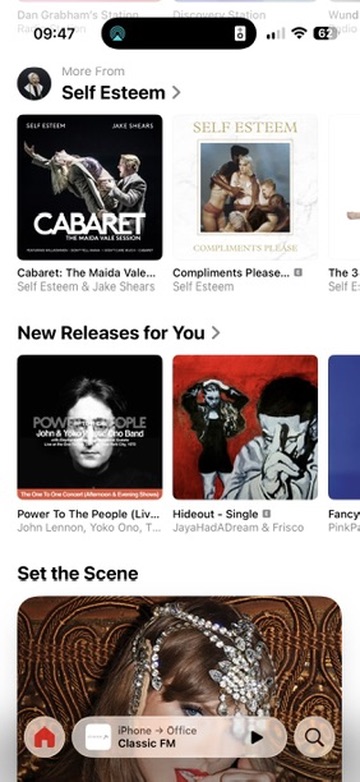
The iPhone Air runs iOS 26 out of the box, with Apple’s ‘liquid glass’ design language. While it’s a fresh look and isn’t the absolute nightmare some have billed it as, this hasn’t met with universal acclaim and I find it hard to read some elements, notably in Music (where the buttons are not in a consistent location) and Safari, which I found so much worse to use I put Chrome in my dock instead.
The transparency side of things has been overblown – and as you can see with the icons above, things have been toned down a little from the original beta versions.
Setup remains pretty seamless although it’s now a long process thanks to more customisation. Apple clearly thinks this is better done during startup (particularly for things like Apple Pay). I could move my Three UK SIM across to an eSIM very easily, which is obviousluy very important for the iPhone Air, being eSIM only.
iPhone Air verdict
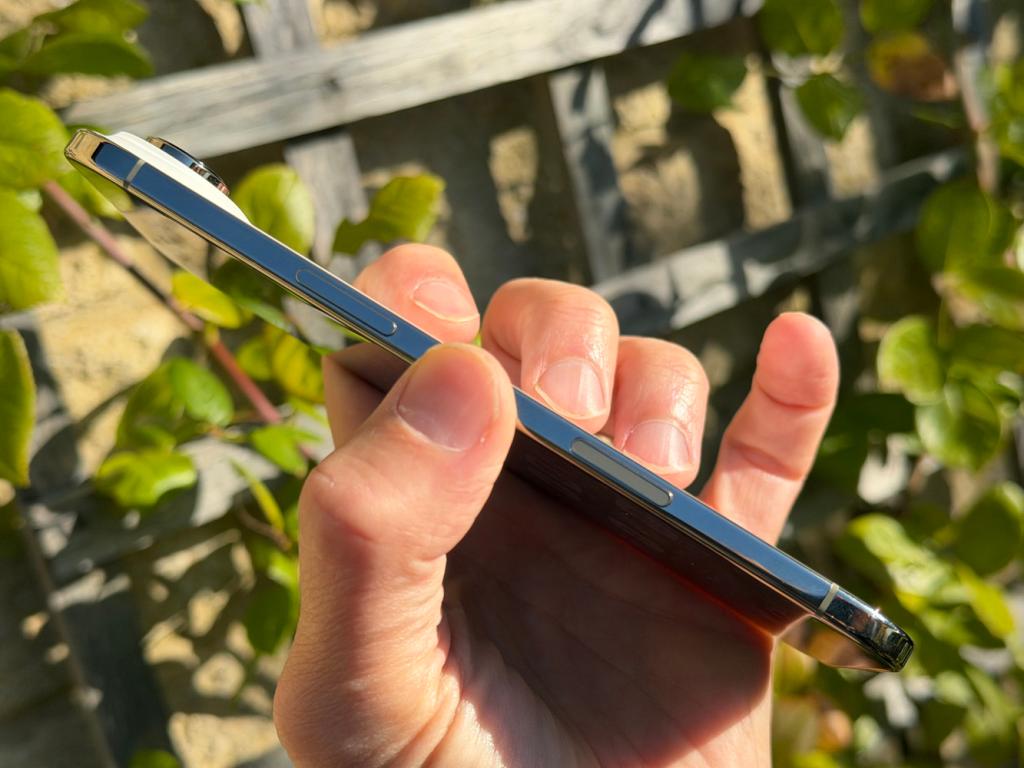
So what to make of this phone? While the iPhone Air is a fresh alternative to the Pro, it compromises in some key areas for the extra-slim design.
While the meagre battery life can be overcome most of the time (not least with Apple’s own MagSafe battery pack), the lack of extra camera tech cannot be rectified – next to the Pro, I found that a compromise too far. I really miss the ultrawide – much more so than I’d have thought I would – while the 2x telephoto is limited.
As such, while the iPhone Air is a fantastically designed device, Apple itself does much better options if you are happy to go for a little more bulk. Roll on iPhone Air 2 – if Apple can add another camera and longer battery life to this phone, then it could be a fantastic third option to the standard phone or going Pro.
Stuff Says…
Beautifully and painstakingly designed – but there’s a reason we love having several cameras on our flagship phones nowadays.
Pros
A stunning new design for iPhone
Wonderful large 6.5in display
Pro-level hardware for the most part
It’s super-thin but you do feel it’s robust.
Highly pocketable
Cons
The single camera just isn’t enough for anybody who values taking great pictures with their phone.
Battery life is bang average
Mono speaker is just about OK
Expensive compared to the vanilla iPhone 17
It gets hot at times – and not necessarily when working hard
iPhone Air technical specifications
| Screen | 6.5in 2736×1260 120Hz AMOLED |
| CPU | Apple A19 Pro |
| Memory | 12GB |
| Cameras | 48MP Fusion rear, 16MP front |
| Storage | 256/512GB/1TB |
| Operating system | iOS 26 |
| Battery | 3149mAh (USB-C and wireless charging up to 20W) |
| Dimensions | 162x75x5.6 mm |
| Weight | 165g |

